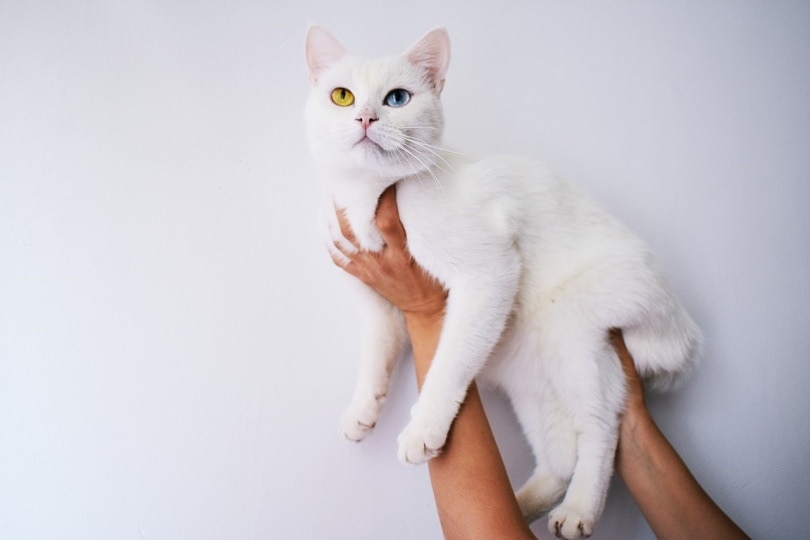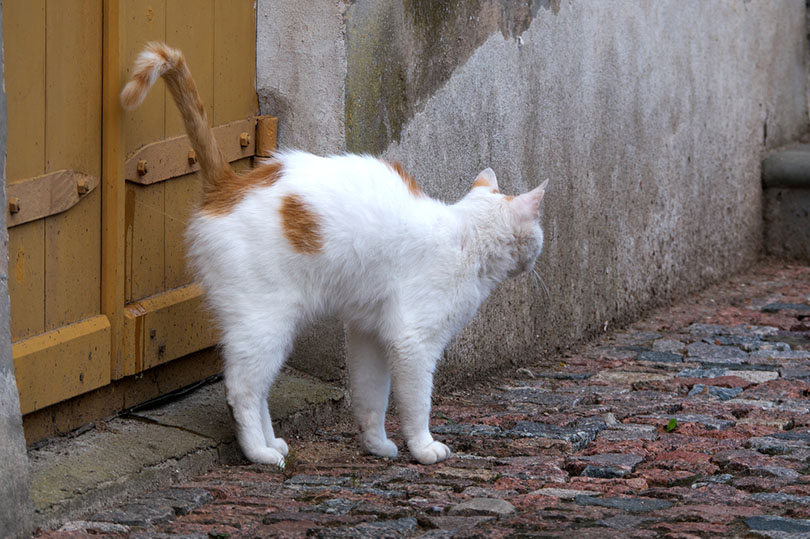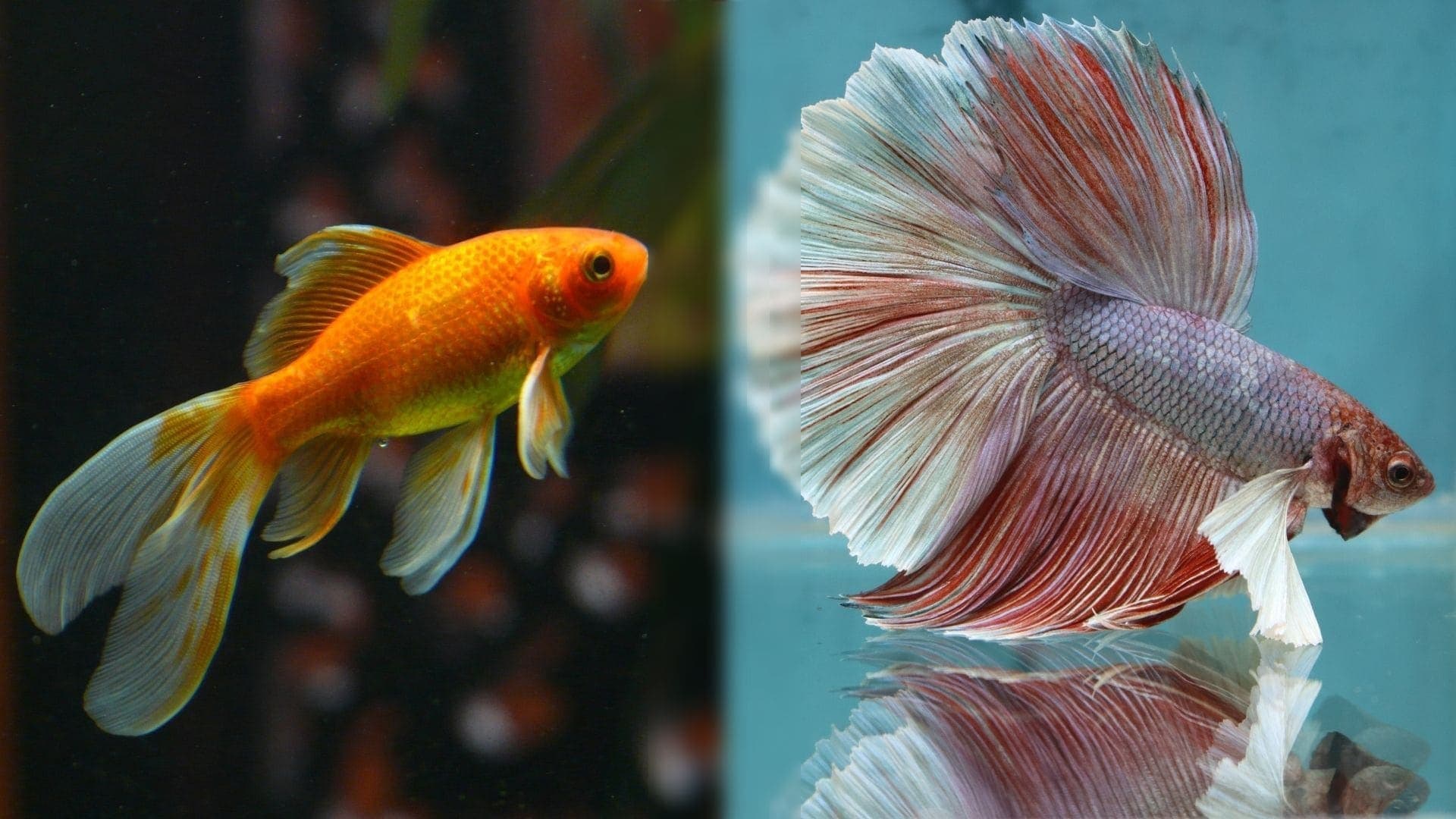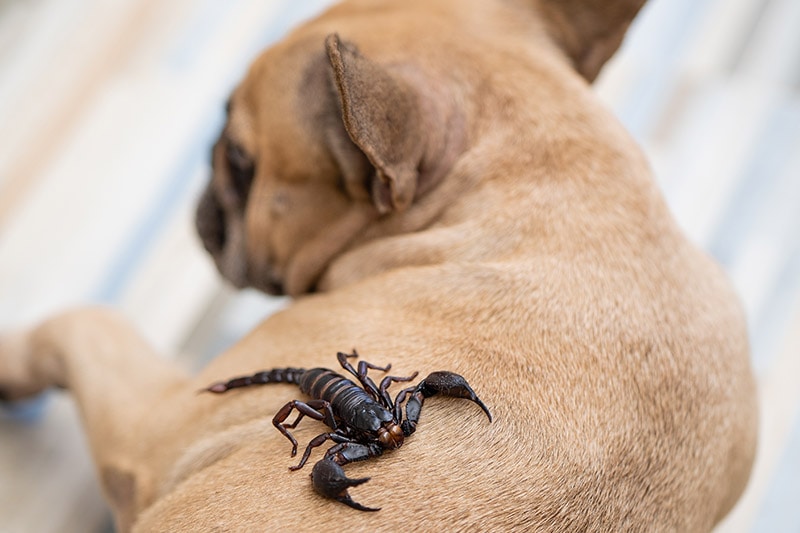How Much Attention Do Cats Need? Vet Approved Tips That Will Keep Your Cat Happy
Updated on
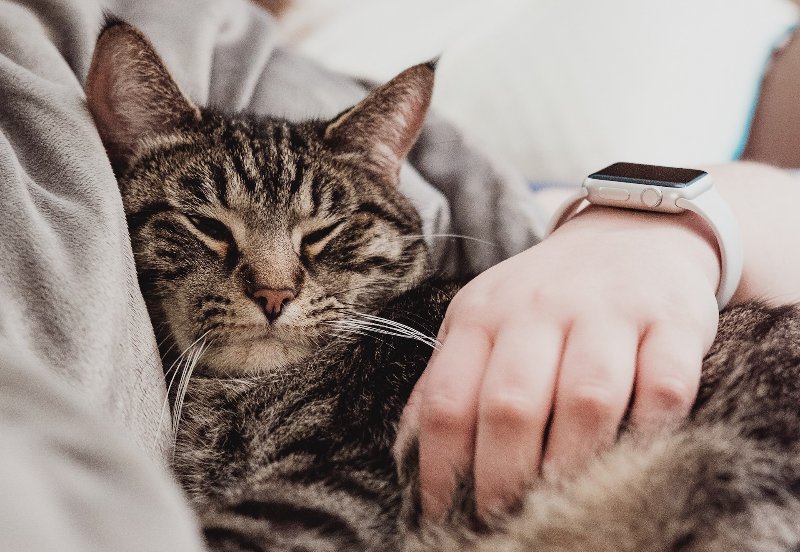
Ah, felines. They are interesting, independent creatures, although some can be asocial. While not all cats have the same personalities, some may exhibit a loving nature toward their humans, and others may only come out when they want to eat or need to potty.
Some cats march to a different beat in their own world, leaving you wondering if they even want or crave attention. For all cat parents, do you know how much attention cats need?
Even though some cats may seem aloof, you should strive to give your cat attention for at least 15 to 30 minutes per day, no matter your cat’s personality. Cats create social bonds with their owners,1 and in this article, we’ll explore this topic along with other valuable information for cat owners.
How to Give Your Cat Attention
Did the answer to the question surprise you? Please don’t feel guilty, as it’s not uncommon for people to think that all cats are unfriendly and don’t crave attention from their owners.
Many cats may seem standoffish compared to dogs because their personalities are just plain different, but in actuality, domesticated cats want attention too. Cats are certainly more independent than dogs, but that doesn’t mean you should ignore your cat. So, how do you give your cat attention?
Physical and mental stimulation for your cat is vital for enrichment.2 It’s also necessary for a healthy and social cat. Cat toys are an excellent way to engage in physical and mental stimulation, and it helps create a social bond between the two of you.
For some one-on-one time, feather teasers are an excellent way to spend quality time with your cat. Having a scratching post is a terrific way to allow your cat to keep their nails in shape, and it also satisfies your cat’s instincts, such as leaving a scent to mark its territory, relieving stress, or showing excitement.
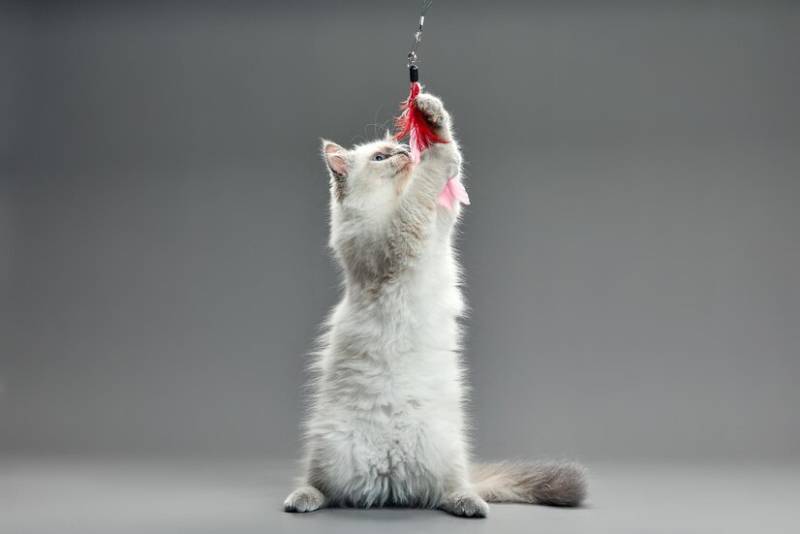
How Do You Know If Your Cat Needs Attention?
Cats have no problem letting you know when they are under-stimulated. One way your cat will let you know they want attention is by showing destructive behavior. Your cat may knock things over because they know it will get a reaction from you, or they may also vocalize more often.
Your cat may also try to wake you up in the early morning hours because they want interaction from you, whether they’re seeking playtime or food. Cats are nocturnal beings, and this type of behavior is normal for them. However, it could be a sign that you are not giving them their desired amount of attention.
How Much Attention Is Too Much?
Is your cat clingy or over-affectionate? Do you have a “Velcro” cat? Cats can become clingy, but a few factors will determine whether it’s a good or bad thing. Clinginess will be out of the ordinary for cats that are normally independent. Some signs your cat is clingy are:
- Following you around the house, even the bathroom
- Demanding affection when you’re busy
- Refusing to eat while you’re gone
- Increased vocalization
- Staying by your side when people come over
- Getting overly excited when your return home or walk in the door
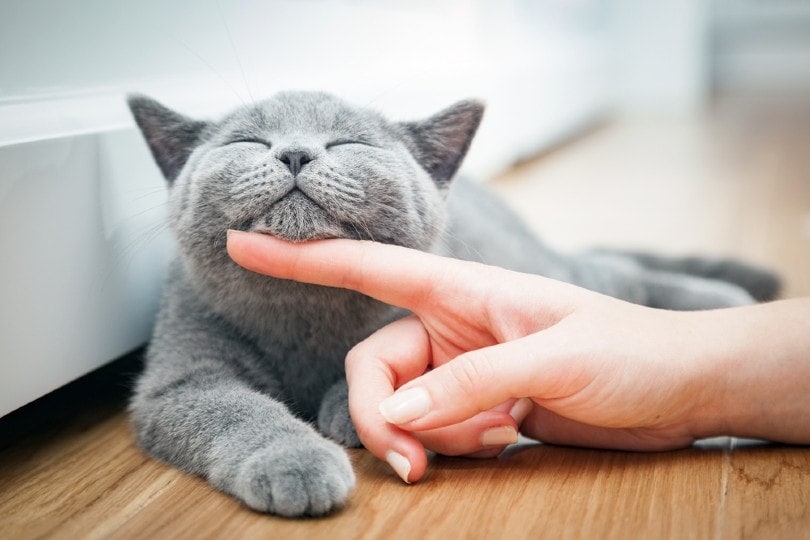
Should I Take My Cat to the Vet?
If your cat is suddenly acting out of the norm and being clingy, it’s a good idea to have your veterinarian do a checkup to ensure your cat isn’t in pain or sick. Cats may vocalize more if they don’t feel good, which could possibly be a sign your cat isn’t well.
Cats are masters at hiding when they are sick or in pain, and you should take your cat to the vet if they show a lack of appetite, decreased energy, become aggressive, develop a poor coat, or have accidents outside the litter box.
Tips for Keeping Your Cat Safe and Happy
Now you know some cats crave attention, and if you have a clingy cat on your hands, you can provide mental and physical stimulation to make your cat happy and not so demanding with your attention.
Believe it or not, you can take your cat for a walk. Start by gradually getting your cat used to the idea by putting a cat harness on indoors. Don’t worry about the leash yet; just place the harness on your cat and give a couple of treats while your cat is wearing it. Slowly take the harness off, but avoid giving a treat while your cat is not wearing the harness. Once your cat gets comfortable with the harness, graduate to the leash. Start slowly by walking around the house. Once your cat is comfortable, you can begin walking outside.
Keep your cat’s weight at a healthy number. Cats tend to get obese from a lack of exercise, but playing with your cat will keep the extra pounds off. Feed them the appropriate amount of food per day as well. If you’re unsure how much to feed, consult your veterinarian for guidance.
Final Thoughts
Contrary to a general consensus, cats need attention. Set aside 15 to 30 minutes per day of interactive play with your cat, and don’t ignore or punish your cat if they become clingy. Take your cat to the vet if you suspect your cat isn’t feeling well, and give them lots and lots of love.
Featured Image Credit: Chris Abney, Unsplash



